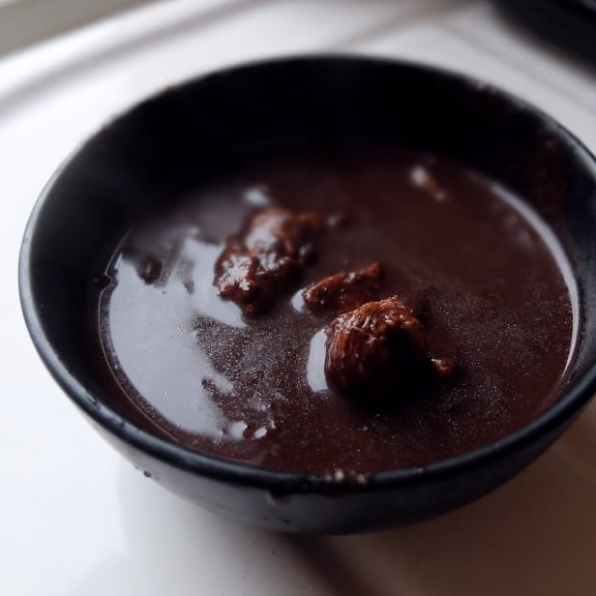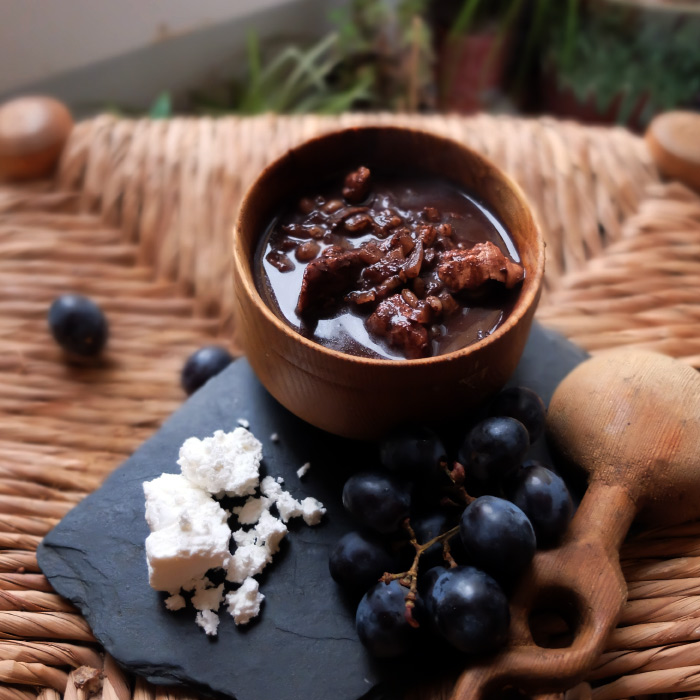This time around, we take a step back to ancient Sparta to bring you the infamous “Black Broth”, Melas Zomos (μέλας ζωμός), a staple dish of the period, made primarily of four simple ingredients: boiled pork shank, fresh blood, salt, and vinegar.

As with most blood touched foods, Melas Zomos has a bit of a poor reputation. Accounts of the dish tend to lean heavily on amusingly dramatic exclamations of abhorrence, rather than actual taste and merit. The sinister hype seems to have strengthened the image of the aggressive and resilient Spartan warrior, but the dish itself continues to suffer from a stigma of distaste. If we push sensation aside, however, we can see that Melas Zomos is a humble, albeit logical effort of necessity; a concoction that simply utilizes parts of an animal that have now become uncommon in many places around the world.
Read More »










